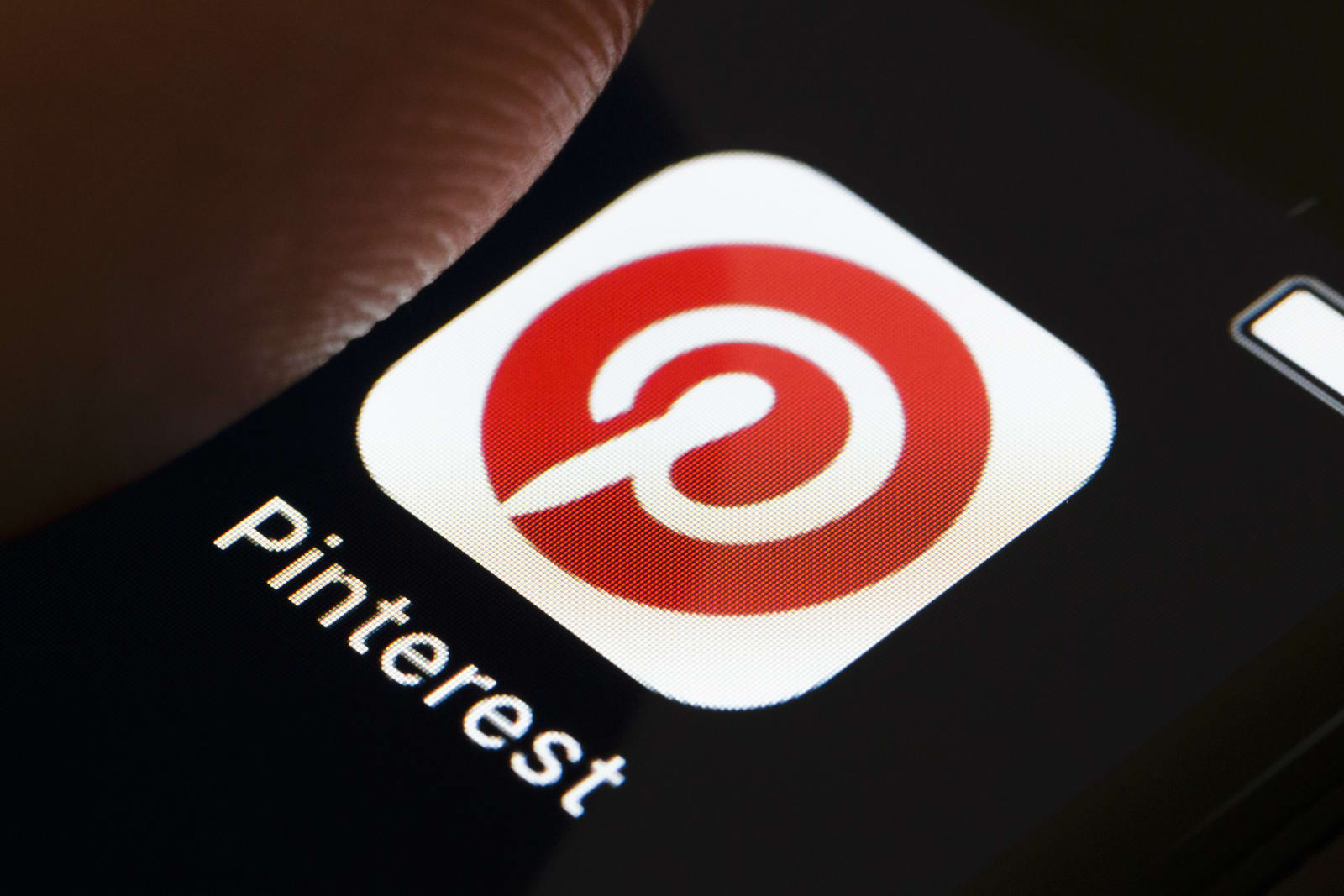Posts Tagged: accessible
Rabbit R1 hands-on: Already more fun and accessible than the Humane AI Pin
At CES this January, startup Rabbit unveiled its first device, just in time for the end of the year of the rabbit according to the lunar calendar. It’s a cute little orange square that was positioned as a “pocket companion that moves AI from words to action.” In other words, it’s basically a dedicated AI machine that acts kind of like a walkie talkie to a virtual assistant.
Sound familiar? You’re probably thinking of the Humane AI Pin, which was announced last year and started shipping this month. I awarded it a score of 50 (out of 100) earlier this month, while outlets like Wired and The Verge gave it similarly low marks of 4 out of 10.
The people at Rabbit have been paying close attention to the aftermath of the Humane AI Pin launch and reviews. It was evident in founder and CEO Jesse Lyu's address at an unboxing event at the TWA hotel in New York last night, where the company showed off the Rabbit R1 and eager early adopters listened rapturously before picking up their pre-orders. Engadget's sample unit is on its way to Devindra Hardawar, who will be tackling this review. But I was in attendance last night to check out units at the event that industry peers were unboxing (thanks to Max Weinbach for the assistance!).
What is the Rabbit R1?
As a refresher, the Rabbit R1 is a bright orange square, co-engineered by Teenage Engineering and Rabbit. It has a 2.88-inch color display built in, an 8-megapixel camera that can face both ways and a scroll wheel reminiscent of the crank on the Playdate. The latter, by the way, is a compact gaming handheld that was also designed by Teenage Engineering, and the Rabbit R1 shares its adorable retro aesthetic. Again, like the Humane AI Pin, the Rabbit R1 is supposed to be your portal to an AI-powered assistant and operating system. However, there are a few key differences, which Lyu covered extensively at the launch event last night.
Rabbit R1 vs Humane AI Pin
Let's get this out of the way: The Rabbit R1 already looks a lot more appealing than the Humane AI Pin. First of all, it costs $ 199 — less than a third of the AI Pin's $ 700. Humane also requires a monthly $ 24 subscription fee or its device will be rendered basically useless. Rabbit, as Lyu repeatedly reiterated all night, does not require such a fee. You'll just be responsible for your own cellular service (4G LTE only, no 5G), and can bring your own SIM card or just default to good old Wi-Fi. There, you'll also find the USB-C charging port.
The R1's advantages over the Pin don't end there. By virtue of its integrated screen (instead of a wonky, albeit intriguing projector), the orange square is more versatile and a lot easier to interact with. You can use the wheel to scroll through elements and press the button on the right side to confirm a choice. You could also tap the screen or push down a button to start talking to the software.
Now, I haven’t taken a photo with the device myself, but I was pleasantly surprised by the quality of images I saw on its screen. Maybe my expectations were pretty low, but when reviewers in a media room were setting up their devices by using the onboard cameras to scan QR codes, I found the images on the screens clear and impressively vibrant. Users won’t just be capturing photos, videos and QR codes with the Rabbit R1, by the way. It also has a Vision feature like the Humane AI Pin that will analyze an image you take and tell you what’s in it. In Lyu’s demo, the R1 told him that it saw a crowd of people at “an event or concert venue.”
We’ll have to wait till Devindra actually takes some pictures with our R1 unit and downloads them from the web-based portal that Rabbit cleverly calls the Rabbit Hole. Its name for camera-based features is Rabbit Eye, which is just kind of delightful. In fact, another thing that distinguishes Rabbit from Humane is the former’s personality. The R1 just oozes character. From the witty feature names to the retro aesthetic to the onscreen animation and the fact that the AI will actually make (cheesy) jokes, Rabbit and Teenage Engineering have developed something that’s got a lot more flavor than Humane’s almost clinical appearance and approach.
Of all the things Lyu took shots at Humane about last night, though, talk of the R1’s thermal performance or the AI Pin’s heat issues was conspicuously absent. To be clear, the R1 is slightly bigger than the Humane device, and it uses an octa-core MediaTek MT6765 processor, compared to the AI Pin’s Snapdragon chip. There’s no indication at the moment that the Rabbit device will run as hot as Humane’s Pin, but I’ve been burned (metaphorically) before and remain cautious.
I am also slightly concerned about the R1’s glossy plastic build. It looks nice and feels lighter than expected, weighing just 115 grams or about a quarter of a pound. The scroll wheel moved smoothly when I pushed it up and down, and there were no physical grooves or notches, unlike the rotating hinge on Samsung’s Galaxy watches. The camera housing lay flush with the rest of the R1’s case, and in general the unit felt refined and finished.
Most of my other impressions of the Rabbit R1 come from Lyu’s onstage demos, where I was surprised by how quickly his device responded to his queries. He was able to type on the R1’s screen and tilted it so that the controls sat below the display instead of to its right. That way, there was enough room for an onscreen keyboard that Lyu said was the same width as the one on the original iPhone.
What’s next for the Rabbit R1?
Rabbit also drew attention for its so-called Large Action Model (LAM), which acts as an interpreter to convert popular apps like Spotify or Doordash into interfaces that work on the R1’s simple-looking operating system. Lyu also showed off some of these at the event last night, but I’d much rather wait for us to test these out for ourselves.
Lyu made many promises to the audience, seeming to acknowledge that the R1 might not be fully featured when it arrives in their hands. Even on the company’s website, there’s a list of features that are planned, in the works or being explored. For one thing, an alarm is coming this summer, along with a calendar, contacts app, GPS support, memory recall and more. Throughout his speech, Lyu repeated the phrase “we’re gonna work on” amid veiled references to Humane (for instance, emphasizing that Rabbit doesn’t require an additional subscription fee). Ultimately, Lyu said “we just keep adding value to this thing,” in reference to a roadmap of upcoming features.
Hopefully, Lyu and his team are able to deliver on the promises they’ve made. I’m already very intrigued by a “teach mode” he teased, which is basically a way to generate macros by recording an action on the R1, and letting it learn what you want to do when you tell it something. Rabbit’s approach certainly seems more tailored to tinkerers and enthusiasts, whereas Humane’s is ambitious and yet closed off. This feels like Google and Apple all over again, except whether the AI device race will ever reach the same scale remains to be seen.
Last night’s event also made it clear what Rabbit wants us to think. It was hosted at the TWA hotel, which itself used to be the head house of the TWA Flight Center. The entire place is an homage to retro vibes, and the entry to Rabbit’s event was lined with display cases containing gadgets like a Pokedex, a Sony Watchman, a Motorola pager, Game Boy Color and more. Every glass box I walked by made me squeal, bringing up a pleasant sense memory that also resurfaced when I played with the R1. It didn't feel good in that it's premium or durable; it felt good because it reminded me of my childhood.
Whether Rabbit is successful with the R1 depends on how you define success. The company has already sold more than 100,000 units this quarter and looks poised to sell at least one more (I’m already whipping out my credit card). I remain skeptical about the usefulness of AI devices, but, in large part due to its price and ability to work with third-party apps at launch, Rabbit has already succeeded in making me feel like Alice entering Wonderland.
This article originally appeared on Engadget at https://www.engadget.com/rabbit-r1-hands-on-already-more-fun-and-accessible-than-the-humane-ai-pin-163622560.html?src=rss
Engadget is a web magazine with obsessive daily coverage of everything new in gadgets and consumer electronics
Google Disability Support is more accessible with sign language specialists

Engadget RSS Feed
Pinterest made its app more accessible to the visually impaired

Engadget RSS Feed
Google Gnome makes smart lawns accessible to everyone
Smart devices make our lives so much better, whether it’s a smartwatch on our wrist or smart appliances around our home. Companies are constantly looking to improve the quality of life for customers, and Google is bravely charging into the smart lawn market with the brand new Google Gnome. Google Gnome, which is most definitely not a […]
Come comment on this article: Google Gnome makes smart lawns accessible to everyone
